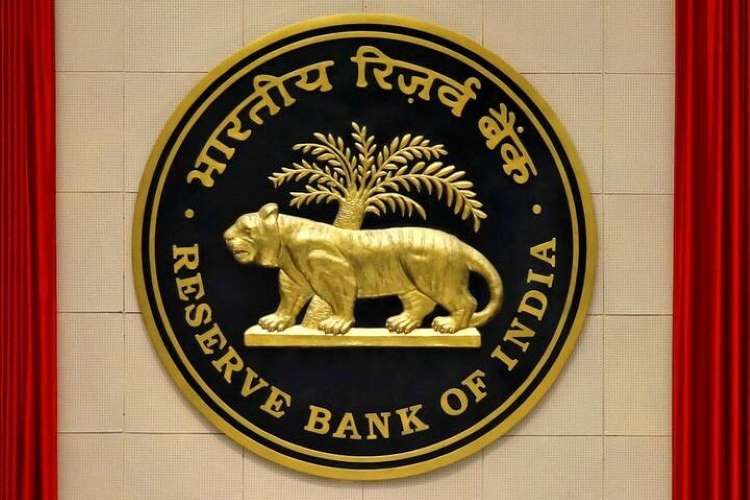India’s economy is performing better than most of its global counterparts, recording growth rates that are double the global average. However, this exceptional performance is occurring amidst a global environment of increasing uncertainty, driven by geopolitical tensions, fluctuating commodity prices, and changing central bank policies.
As India stands at the cusp of a potential economic inflection point, there is a growing need for decisive action to sustain and accelerate this growth. The Reserve Bank of India (RBI) should consider lowering interest rates to unlock the economy’s full potential, particularly as the global economic landscape changes rapidly.
READ | Israel Iran conflict threatens to derail Indian economy’s onward march
Impact of global uncertainties
The global economy is increasingly fraught with challenges. Conflicts in the Middle East and Europe, upcoming US elections, and volatile commodity prices — particularly for oil and gold — have all added to the uncertainty. Recently, the US Federal Reserve slashed interest rates by 50 basis points, its first cut in four years. This aggressive move, combined with modest cuts by the European Central Bank and policy stasis in other major economies, signals the beginning of a global shift towards easing monetary policies. Yet, India has remained on the sidelines.
In India, inflation has moderated and remains below 4% for the last two months, even as food prices have surged to 5.6%. This dichotomy between overall price stability and rising food inflation suggests that while inflationary pressures exist, they are not systemic. Economists point out that maintaining a “no change, no cut” monetary policy at this juncture could risk repeating the missteps of the 2018-19 period, which culminated in a sharp GDP decline. At that time, failure to respond quickly enough to macroeconomic signals led to a GDP growth rate of only 3.7% by 2019-20.
Given the global and domestic situations, a rate cut from the RBI would be a timely response, allowing India to maintain its growth trajectory while mitigating the risks posed by global turbulence.
Signs of slowing growth
Despite India’s commendable GDP growth rate of 7%, the first quarter of FY 2024-25 has shown signs of slowing. Agricultural growth moderated to just 2% year-on-year, down from 3.7% in the previous year. This decline is largely due to lower water levels in major reservoirs, exacerbated by climate change, which poses a significant challenge to India’s rain-fed agricultural sector.
In contrast, the industrial sector has seen mixed results. While industries like manufacturing and electricity have performed well, core sectors such as natural gas, coal, and cement face persistent challenges. The services sector, particularly aviation and air cargo, has rebounded, with a strong performance in the Purchasing Managers’ Index (PMI). However, growth across these sectors will need stronger investment if India is to achieve its full economic potential, which some experts estimate could exceed 9%, given favourable demographics and policy shifts.
Yet, current high interest rates are inhibiting investment. Consumer durables, housing, and other high-capital industries are particularly sensitive to interest rate fluctuations, and continued high rates could lead to what economists call a “high sacrifice ratio”—where economic growth is sacrificed to control inflation. A rate cut would help lower the cost of borrowing, stimulate demand, and encourage greater investment in these key sectors.
Why an interest rate cut is necessary
Several economists have weighed in on the need for monetary easing. The Fed’s aggressive rate cut has set the stage for central banks worldwide to begin a cycle of rate cuts. While the geopolitical tensions demand caution, the RBI will need to pivot its policy stance sooner rather than later.
While immediate risks from geopolitical turmoil and volatile food prices may warrant a cautious stance, the conditions for easing monetary policy are already in place. A rate cut, or at least a shift to a more neutral policy stance, could come as soon as December, following the Fed’s lead.
At the same time, liquidity in India’s financial system remains tight. The banking industry has seen credit growth outpacing deposits, with many funds being redirected into mutual funds instead of bank deposits. This liquidity shortage is impacting the credit market. Injecting more liquidity into the system, coupled with a rate cut, would help alleviate these pressures, making it easier for businesses to access the capital they need to grow.
The risks and opportunities
Opponents of rate cut might argue that global uncertainties — such as rising geopolitical tensions and volatile commodity prices — make it too risky to loosen monetary policy at this time. However, India’s strong foreign exchange reserves, which provide a year’s worth of import cover, and well-controlled fiscal and current account deficits suggest that the country is in a good position to take calculated risks.
Moreover, the RBI has successfully maintained inflation under control, with the CPI for industrial workers remaining low at 2.44%. While food inflation remains a concern, this is largely a result of supply-side factors that are better addressed through targeted fiscal measures rather than through blunt monetary tightening.
India’s economic performance has been impressive, but it risks losing momentum if action is not taken to address key challenges. High interest rates are curtailing investment and could slow growth just as the country stands poised to capitalise on its young population and dynamic policy environment.
As geopolitical uncertainties rise and global monetary policies shift towards easing, the RBI must adapt its stance. A rate cut would provide the necessary stimulus to reinvigorate key sectors, reduce borrowing costs, and ensure that India’s economy can continue to grow at its full potential. By taking bold action now, India can sustain its remarkable growth story in an increasingly uncertain world.

